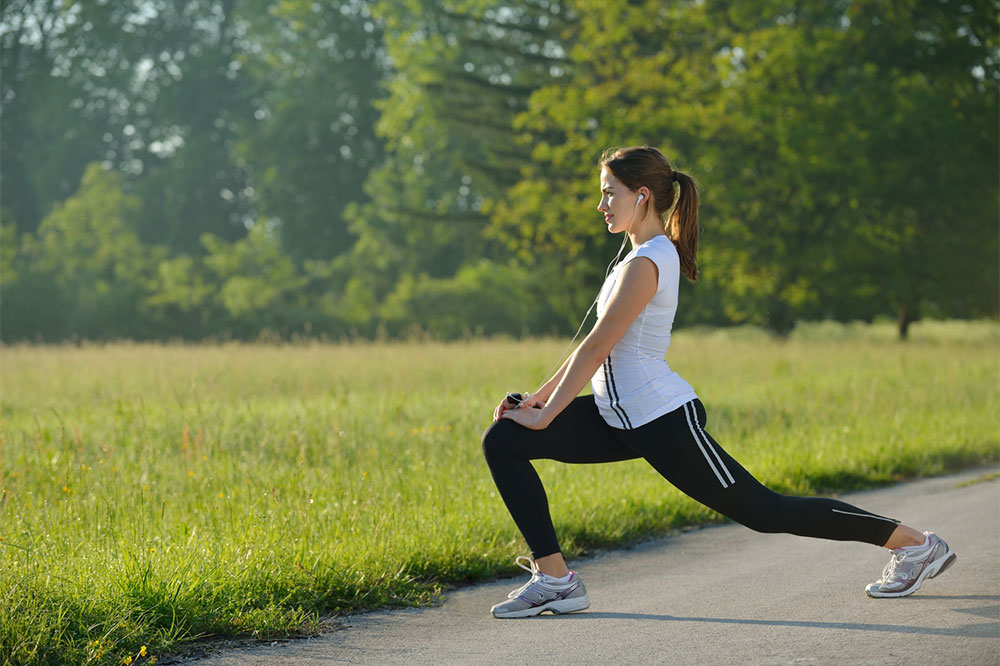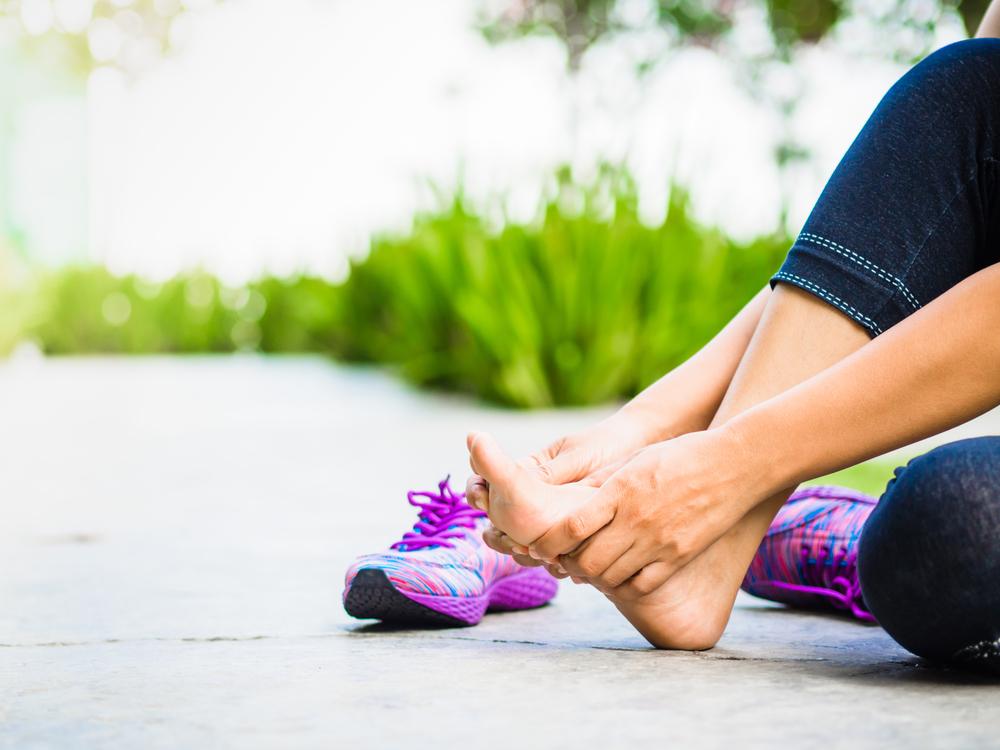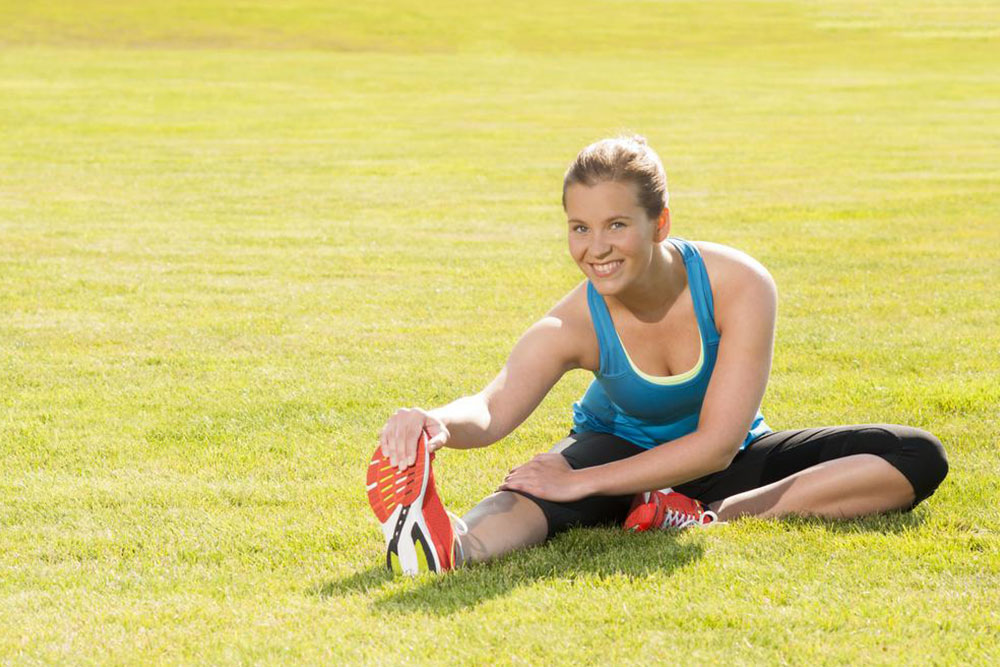Comprehensive Guide to Hip Flexibility Exercises and Their Benefits for Mobility and Health
Enhance your hip mobility and overall lower body health with effective stretching exercises. This comprehensive guide explores the benefits of hip flexibility, including improved movement, injury prevention, and better posture. Learn key stretches such as lunges, figure fours, and knee-to-chest, and discover how regular practice can support a more active, pain-free lifestyle.

Boost Hip Mobility: Essential Exercises and Their Impact on Your Health
In our increasingly sedentary society, maintaining optimal hip flexibility is crucial for preserving overall mobility and preventing discomfort. Spending extended periods seated leads to shortening and tightening of the hip flexor muscles, which can result in restricted movement, persistent soreness, and even injury over time. To combat these issues, integrating targeted stretching routines and strengthening exercises is vital. Consistent practice not only enhances joint mobility but also promotes better circulation, reduces muscle tension, and supports the health of your lower body. Since the hip joint, despite being a stable ball-and-socket joint, depends heavily on flexibility for safe and smooth movement, neglecting this aspect can lead to movement limitations and strain in other areas like the lower back.
The Numerous Benefits of Hip Flexibility Exercises
The hip region contains more than 20 different muscles, including key groups like the hip flexors, adductors, abductors, and supporting muscles. These muscles are often overlooked during regular workouts but play a critical role in everyday movements such as walking, bending, and climbing stairs. When these muscles are tight or weak, it can cause a chain reaction of problems, including decreased athletic performance, poor posture, lower back pain, and limited range of motion. Therefore, maintaining flexibility in these muscles is essential for overall functional movement and injury prevention.
Stretching and mobility exercises help relax tight muscles, reduce stiffness, and promote proper muscle balance. Enhanced flexibility allows for smoother and more efficient movement patterns, reducing strain on joints and supporting a healthier, more active lifestyle. For athletes and fitness enthusiasts, flexible hips contribute to improved performance, greater power, and decreased risk of strains or tears. Importantly, a well-rounded approach that includes both stretching and strengthening ensures the hip joint remains resilient and capable of supporting daily and athletic activities effectively.
Some of the most effective exercises for improving hip mobility and flexibility include dynamic movements targeting the hip flexors, glutes, hamstrings, and surrounding musculature. These movements not only increase the range of motion but also help prevent common injuries associated with tight hips. Exercises such as lunge twists, crescent lunges, knee-to-chest stretches, figure fours, and cow stretches can be incorporated into any fitness regime for maximum benefit. Regularly performing these stretches ensures your hips stay healthy, resilient, and capable of supporting your daily movements with ease. Ultimately, maintaining hip flexibility is key to living an active, pain-free life, whether you're engaged in sports, fitness routines, or everyday activities.
For individuals experiencing persistent or severe discomfort, it is highly recommended to consult healthcare professionals for personalized assessment and treatment options. Addressing underlying issues early can prevent chronic problems and improve quality of life.





